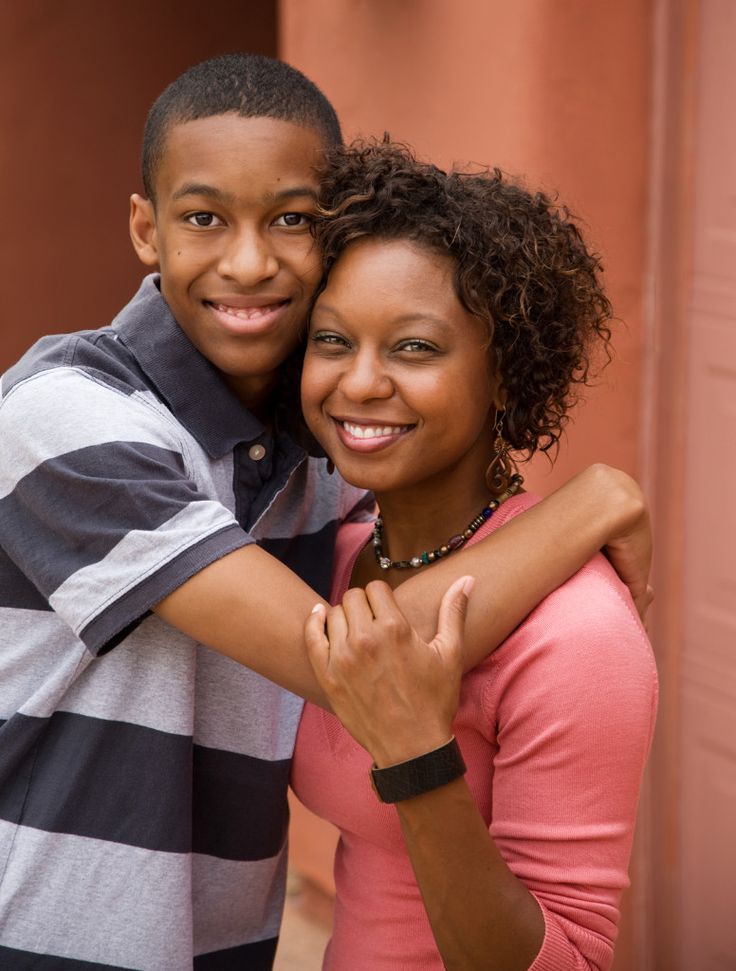How to help a child grieve
When a Loved One Dies: How to Help Your Child (for Parents)
When a loved one dies, children feel and show their grief in different ways. How kids cope with the loss depends on things like their age, how close they felt to the person who died, and the support they receive.
Here are some things parents can do to help a child who has lost a loved one:
Use simple words to talk about death. Be calm and caring when you tell your child that someone has died. Use words that are clear and direct. "I have some sad news to tell you. Grandma died today." Pause to give your child a moment to take in your words.
Listen and comfort. Every child reacts in their own way when they learn that a loved one has died. Some kids cry. Some ask questions. Others seem not to react at all. That's OK. Stay with your child to offer hugs or comfort. Answer your child's questions. Or just be together for a few minutes. It's OK if your child sees your sadness or tears.
Put feelings into words. Ask kids to say what they're thinking and feeling. Label some of your own feelings. This makes it easier for kids to share theirs. Say things like, "I know you're feeling very sad. I'm sad, too. We both loved Grandma so much, and she loved us too."
Tell your child what to expect. If the death of a loved one means changes in your child's life or routine, explain what will happen. This helps your child feel prepared. For example, "Aunt Sara will pick you up from school like Grandma used to." Or, "I need to stay with Grandpa for a few days. That means you and Dad will be home taking care of each other. But I'll talk to you every day, and I'll be back on Sunday."
Explain events that will happen. Allow children to join in rituals like viewings, funerals, or memorial services. Tell them ahead of time what will happen. For example, "Lots of people who loved Grandma will be there. We will sing, pray, and talk about Grandma's life.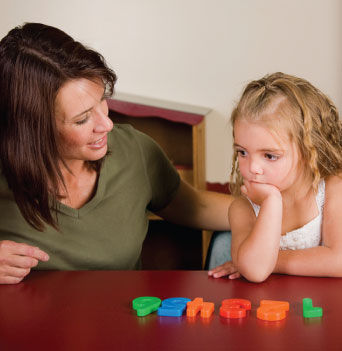 People might cry and hug. They might say to us, 'I'm sorry for your loss.' We can say, 'Thank you,' or, 'Thanks for coming.' You can stay near me and hold my hand if you want."
People might cry and hug. They might say to us, 'I'm sorry for your loss.' We can say, 'Thank you,' or, 'Thanks for coming.' You can stay near me and hold my hand if you want."
You might need to explain burial or cremation. For example, "After the funeral, there is a burial at a cemetery. The person's body is in a casket (or coffin) that gets buried in the ground with a special ceremony. This can feel like a sad goodbye, and people might cry." Share your family's beliefs about what happens to a person's soul or spirit after death.
Explain what will happen after the service, too. For example, "We all will go eat food together. People will laugh, talk, and hug some more. Talking about happy times with Grandma and being together helps people start to feel better."
Give your child a role. Having a small, active role lets kids feel part of things and helps them cope. You might invite your child to read a poem, pick a song to be played, gather some photos to display, or make something.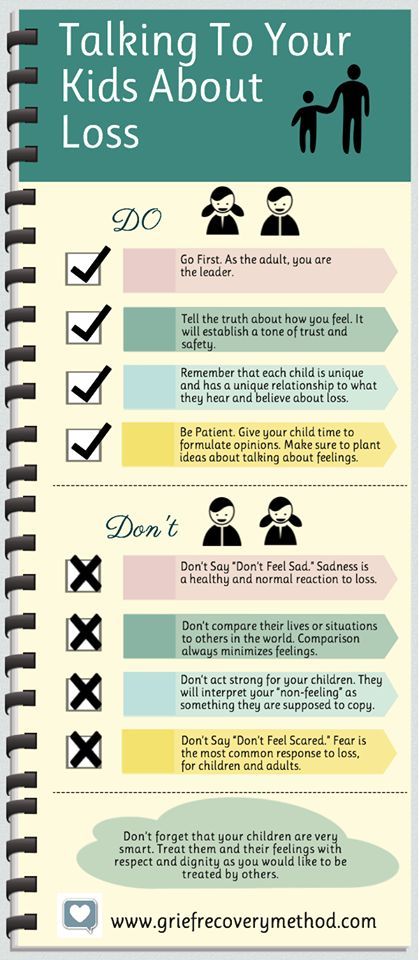 Let kids decide if they want to take part, and how.
Let kids decide if they want to take part, and how.
Help your child remember the person. In the days and weeks ahead, encourage your child to draw pictures or write down stories of their loved one. Don't avoid talking about the person who died. Sharing happy memories helps heal grief.
Give comfort and reassure your child. Notice if your child seems sad, worried, or upset in other ways. Ask about feelings and listen. Let your child know that it takes time to feel better after a loved one dies. Some kids may have trouble sleeping or have fears or worries. Let kids know these things will get better. Give them extra time and care. Support groups and counseling can help kids who need more support.
Help your child feel better. Provide the comfort your child needs but don't dwell on sad feelings. After a few minutes of talking and listening, shift to an activity or topic that helps your child feel a little better. Play, make art, cook, or go somewhere together.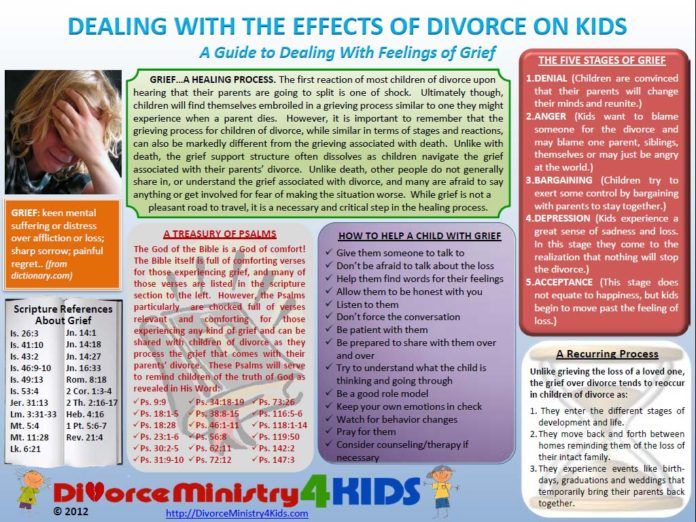
Give your child time to heal from the loss. Grief is a process that happens over time. Be sure to talk often and listen to see how your child is feeling and doing. Healing doesn't mean forgetting about your loved one. It means remembering the person with love. Loving memories stir good feelings that support us as we go on to enjoy life.
Get more help if needed. If a loved one's death was sudden, deeply stressful, or violent, a child may need therapy to help them heal. If your child's distress lasts for more than a few weeks, or if you think your family needs more help, talk with your child's doctor. They can help you find the right therapist to work with.
Reviewed by: D'Arcy Lyness, PhD
Date reviewed: September 2021
Helping Children Deal With Grief
Most young children are aware of death, even if they don’t understand it. Death is a common theme in cartoons and television, and some of your child’s friends may have already lost a loved one.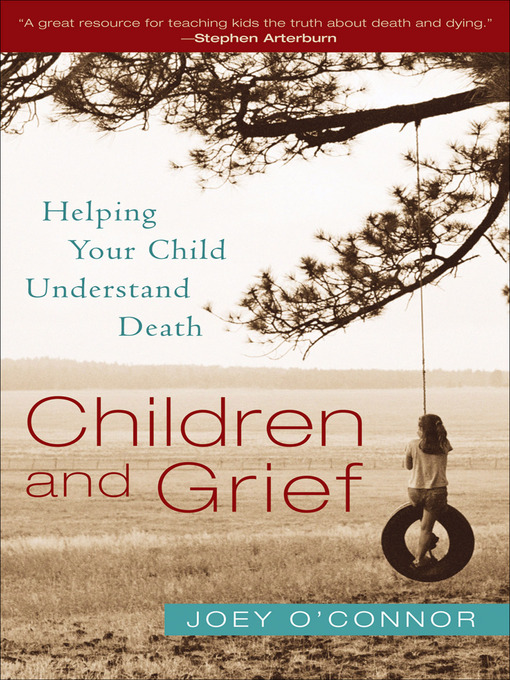 But experiencing grief firsthand is a different and often confusing process for kids. As a parent, you can’t protect a child from the pain of loss, but you can help him feel safe. And by allowing and encouraging him to express his feelings, you can help him build healthy coping skills that will serve him well in the future.
But experiencing grief firsthand is a different and often confusing process for kids. As a parent, you can’t protect a child from the pain of loss, but you can help him feel safe. And by allowing and encouraging him to express his feelings, you can help him build healthy coping skills that will serve him well in the future.
After losing a loved one, a child may go from crying one minute to playing the next. His changeable moods do not mean that he isn’t sad or that he has finished grieving; children cope differently than adults, and playing can be a defense mechanism to prevent a child from becoming overwhelmed. It is also normal to feel depressed, guilty, anxious, or angry at the person who has died, or at someone else entirely.
Very young children may regress and start wetting the bed again, or slip back into baby talk.
Encourage a child grieving to express feelingsIt’s good for kids to express whatever emotions they are feeling.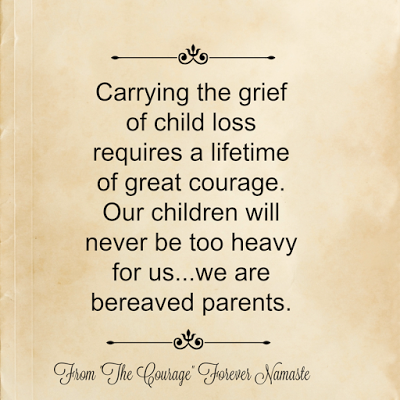 There are many good children’s books about death, and reading these books together can be a great way to start a conversation with your child. Since many children aren’t able to express their emotions through words, other helpful outlets include drawing pictures, building a scrapbook, looking at photo albums, or telling stories.
There are many good children’s books about death, and reading these books together can be a great way to start a conversation with your child. Since many children aren’t able to express their emotions through words, other helpful outlets include drawing pictures, building a scrapbook, looking at photo albums, or telling stories.
It is hard to know how a child will react to death, or even if he can grasp the concept. Don’t volunteer too much information, as this may be overwhelming. Instead, try to answer his questions. Very young children often don’t realize that death is permanent, and they may think that a dead loved one will come back if they do their chores and eat their vegetables. As psychiatrist Gail Saltz, MD, explains, “Children understand that death is bad, and they don’t like separation, but the concept of ‘forever’ is just not present.”
Older, school-age children understand the permanence of death, but they may still have many questions.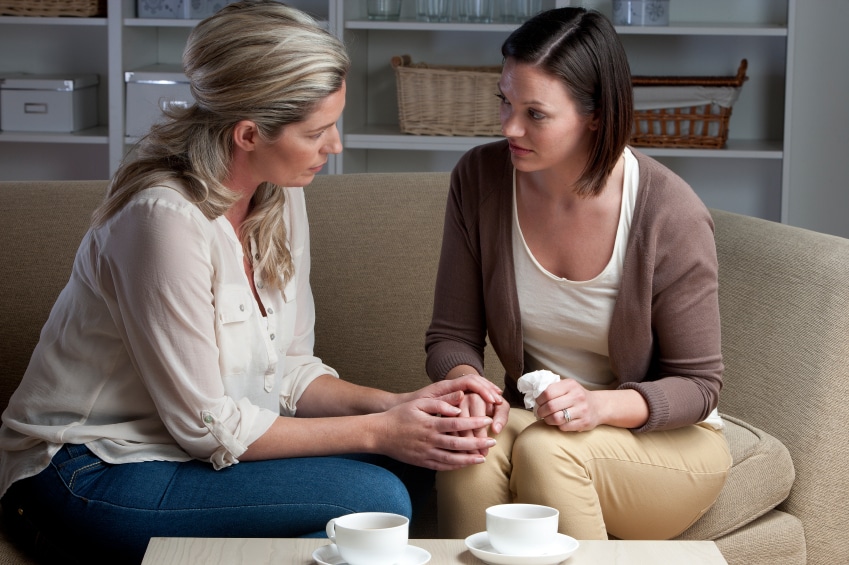 Do your best to answer honestly and clearly. It’s okay if you can’t answer everything; being available to your child is what matters.
Do your best to answer honestly and clearly. It’s okay if you can’t answer everything; being available to your child is what matters.
When discussing death, never use euphemisms. Kids are extremely literal, and hearing that a loved one “went to sleep” can be scary. Besides making your child afraid of bedtime, euphemisms interfere with his opportunity to develop healthy coping skills that he will need in the future.
Attending the funeralWhether or not to attend the funeral is a personal decision that depends entirely on you and your child. Funerals can be helpful for providing closure, but some children simply aren’t ready for such an intense experience. Never force a child to attend a funeral. If your child wants to go, make sure that you prepare him for what he will see. Explain that funerals are very sad occasions, and some people will probably be crying. If there will be a casket you should prepare him for that, too.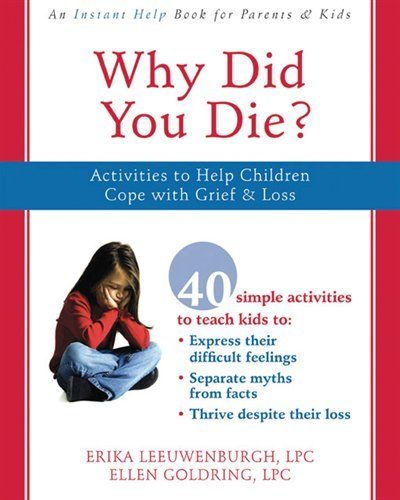
Keep in mind that even the best-prepared child might get upset, and his behavior can be unpredictable. “Kids will not behave in a way that you might want or expect,” Dr. Saltz notes. “If you decide that a funeral is not the best way, there are other ways to have a goodbye.” Planting a tree, sharing stories, or releasing balloons can all be good alternatives for providing closure to a child.
Discussing an afterlifeThe idea of an afterlife can be very helpful to a grieving child, observes Dr. Saltz. If you have religious beliefs about the afterlife, now is the time to share them. But even if you aren’t religious you can still comfort your child with the concept that a person continues to live on in the hearts and minds of others. You can also build a scrapbook or plant something that represents the person you have lost.
Don’t ignore your own griefChildren will often imitate the grieving behavior of their parents.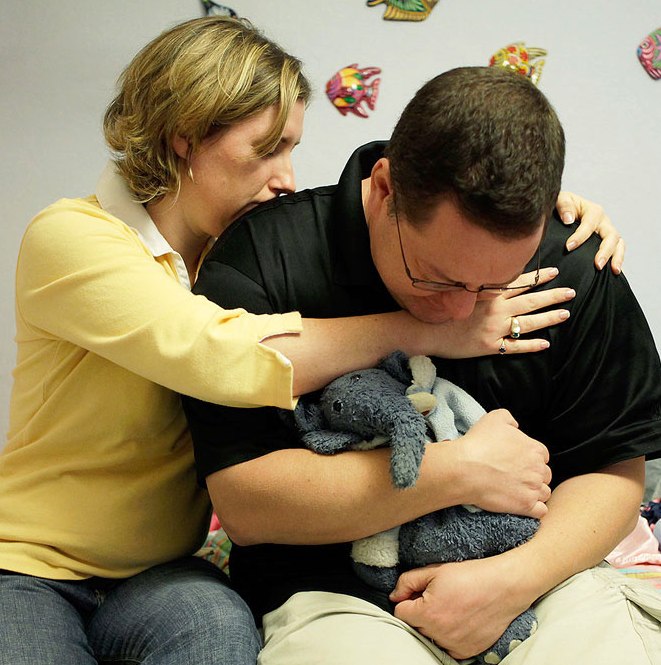 It is important to show your emotions as it reassures children that feeling sad or upset is okay. However, reacting explosively or uncontrollably teaches your child unhealthy ways of dealing with grief.
It is important to show your emotions as it reassures children that feeling sad or upset is okay. However, reacting explosively or uncontrollably teaches your child unhealthy ways of dealing with grief.
Children find great comfort in routines, so if you need some time alone, try to find relatives or friends who can help keep your child’s life as normal as possible Although it is important to grieve over the death of a loved one, it is also important for your child to understand that life does go on.
Some specific situationsFor many children the death of a pet will be their first exposure to death. The bonds that children build with their pets are very strong, and the death of a family pet can be intensely upsetting. Don’t minimize its importance, or immediately replace the dead pet with a new animal. Instead, give your child time to grieve for his dog or cat.This is an opportunity to teach your child about death and how to deal with grieving in a healthy and emotionally supportive way.
The death of a grandparent is also a common experience for young children, and it may bring up many questions, such as, “Will my mom be next?” It is important to tell your child that you will probably live for a long time.
After the death of a parent, children will naturally worry about the death of the remaining parent or other caretakers. Reassure a child that he is loved and will always be cared for. It is a good idea to rely on family members during this time to help provide additional nurturing and care. Dr. Saltz also recommends therapy in the case of a significant death, such as the death of a parent or sibling. “Therapy provides another outlet for talking when a child may feel like he can’t talk with other family members, because they are grieving as well.”
Treating serious problemsIf you notice that your child seems unusually upset and unable to cope with grief and his loss, he may have something called adjustment disorder. Adjustment disorder is a serious and distressing condition that some children develop after experiencing a painful or disruptive event.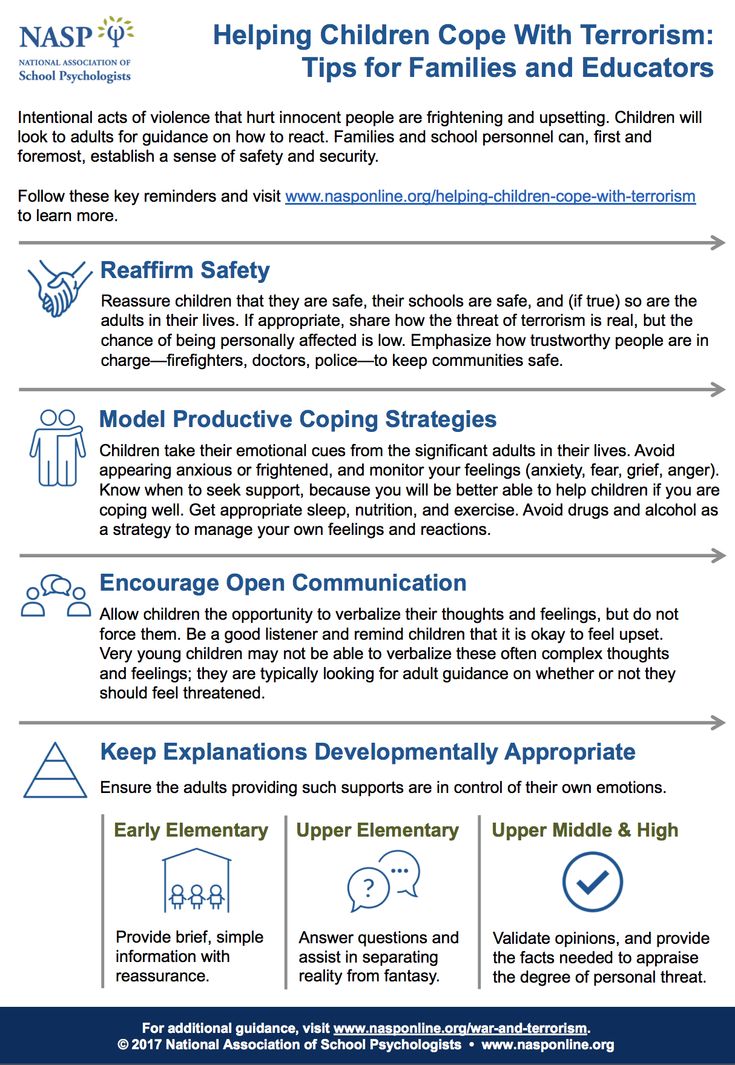 It is a good idea to consult your child’s doctor if you feel that your child isn’t recovering from a loss in a healthy way.
It is a good idea to consult your child’s doctor if you feel that your child isn’t recovering from a loss in a healthy way.
How to help a child deal with sadness and other feelings
Psychology
How to help your child deal with sadness and other feelings
March 17, 2020 3026 views
Liana Khaziakhmetova
The ability to control feelings is not transmitted through genes. This needs to be learned. The development of emotional intelligence takes place in everyday life: the child observes close people, looks at their reaction, experiments with the expression of his own emotions and gradually learns to cope with them. With the help of books, you can make this process more intense. For kids, we have released a great series about a funny unicorn. New items - "Gaston is jealous", "Gaston is sad", but there are books about other emotions.
Series author Aurelie Shien Sho Shin found an effective, fun and interesting approach to develop emotional intelligence in children. If you are not familiar with this concept, we advise you to read articles on the topic. In short: emotional intelligence is not about the ability to extinguish emotions, ignore them or replace them. It's about how to understand yourself, listen to feelings (including other people), choose a reaction and express emotions in a way that is appropriate at a given moment in time. Here's what you can do to develop emotional intelligence.
If you are not familiar with this concept, we advise you to read articles on the topic. In short: emotional intelligence is not about the ability to extinguish emotions, ignore them or replace them. It's about how to understand yourself, listen to feelings (including other people), choose a reaction and express emotions in a way that is appropriate at a given moment in time. Here's what you can do to develop emotional intelligence.
Talk to your child about different emotions. In books about Gaston, the first pages are just devoted to a variety of feelings. The unicorn not only shows emotions with facial expressions, but also changes color. When he is scared, he turns green. When sad - blue and so on.
Looking at a unicorn, you can discuss with a child what is going on in the soul when a person is seized by one or another feeling. Each book describes a situation that can happen to a small reader. For example, in the book "Gaston is sad" the unicorn feels like a third wheel.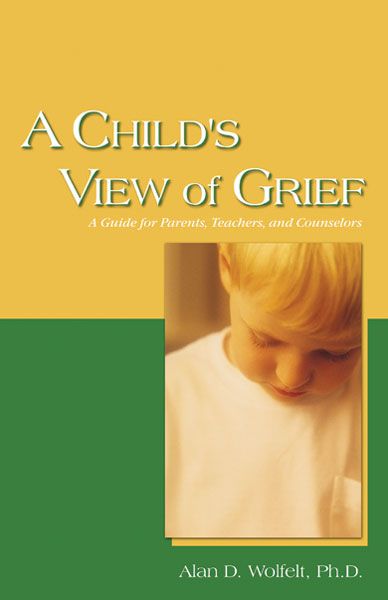 He wanted to play with the ball, and his friends wanted to catch up. At such moments, it becomes very sad.
He wanted to play with the ball, and his friends wanted to catch up. At such moments, it becomes very sad.
What to do? How to help Gaston? The book suggests performing a breathing exercise. Gaston helped!
By the same principle, you can work with any feelings that cause discomfort. Taking an example from a funny unicorn, the little reader will surely want to go this way too - from a feeling that brings destruction to a feeling that gives understanding and peace.
In the book Where Do Emotions Live? author Victoria Shimanskaya gives many exercises for different feelings. For example, if the baby is afraid of something, come up with a fear spell. It needs to be said every time when it's scary.
You can invent your own spell, or you can take it from a book
A homemade trap will help curb anger. With its help, the child will calm down faster and eventually learn to manage strong emotions without special toys. Anger quickly develops into aggression, so it is important to learn how to manage it. The point is to do something calming when you're angry. For example, drink water or listen to music. Over time, the child will learn to get out of this state without prompting. Here is the layout of the trap from the book to make your own toy.
Anger quickly develops into aggression, so it is important to learn how to manage it. The point is to do something calming when you're angry. For example, drink water or listen to music. Over time, the child will learn to get out of this state without prompting. Here is the layout of the trap from the book to make your own toy.
But the most important thing in developing emotional intelligence is to show by example what you can do with feelings. Tell your child what you feel, how it affects your mood and why you need to get out of emotions that bring destruction.
Based on the materials of the books “Gaston is sad”, “Gaston is jealous”, “Where do emotions live?”
Post cover: unsplash.com
4 reasons why it is good for children to whine and be sad
Parents of small children are often concerned with the question of how to save them from all sorrows, and themselves and their neighbors from above - from loud cries.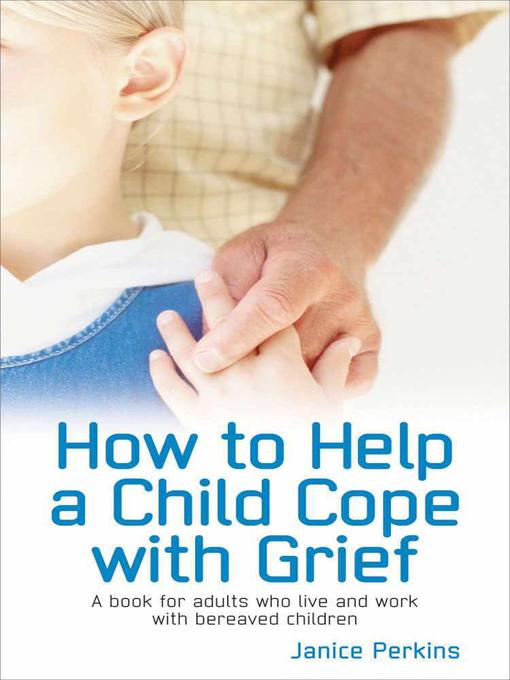 But modern science assures that the phrase "Don't cry, son, here's some candy for you!" - a terrible mistake. Our regular author Inna Pribora tells why the best way to rid a child of bad emotions is to help them live through them.
But modern science assures that the phrase "Don't cry, son, here's some candy for you!" - a terrible mistake. Our regular author Inna Pribora tells why the best way to rid a child of bad emotions is to help them live through them.
A typical parent is so arranged that all the time he tries to calm everyone around: “It's okay, we'll buy a new dress!”, “Now, now! A bead from the nostril is easy to get!”, “Sorry, I will pay for furniture repairs!” We bandage knees, put plasters on, bake consolation pies, wipe away tears, cover children's eyes with our palms during scary scenes, take them away from those places where a perforator makes noise or a fight just starts.
The child may be frightened, upset, or psychologically traumatized by a politically incorrect fairy tale. “Helen, look what funny balls!” - we distract the daughter so that she does not notice the dead sparrow. We assure you that everything will be fine, the doctor will make a very light injection! How a mosquito bites! In this way, we not only save the doctor's office from destruction, but also form an image of the world for the child as a friendly and, in general, not a bad place.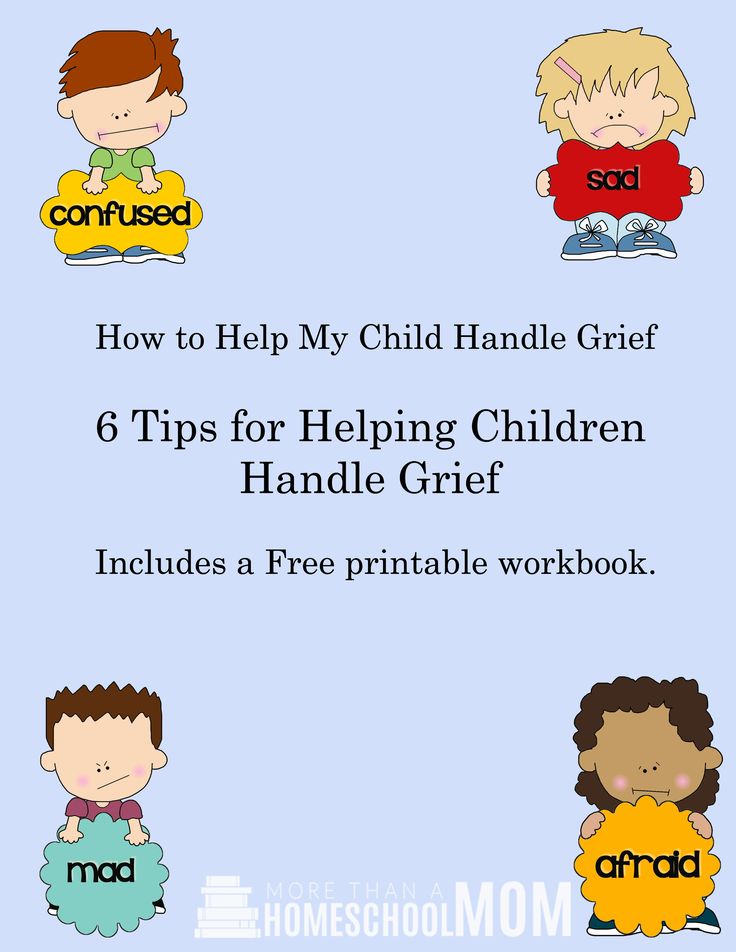 However, there is a danger: at the same time, we kind of show the person that his tears are unacceptable.
However, there is a danger: at the same time, we kind of show the person that his tears are unacceptable.
We are depriving a child of an important experience to live and realize his sorrows and grievances. We teach him to suppress negative feelings by putting on the habitual “everything is OK” mask
Yes, there are social norms, and children really often try to break them. Who among us hasn't stepped off the plane with a screaming child, flushed cheeks, and a desire to disappear into thin air as soon as possible? Yes, we must talk about the rules of conduct at the opera house, the store and on the escalator. Yes, it is not at all necessary for the people around to know what words Petya called Vova in the kindergarten. But it happens that, hiding behind social norms, we hide our own fears: it is very difficult to watch your child feel sad.
Unbearable when he cries. It's bad when he's angry and stomps his foot. Rather distract, entertain, console, soothe!
We live in a culture where it is not customary to express emotions. If you are so gloomy, go to a therapist. If you have problems, go in for sports, find a hobby, it all depends on you. Positive psychology tells us about the importance of inner attitudes and an optimistic outlook on life. Keeping a face, not being naughty, sticking a band-aid and walking - this is not only about heroic pioneers. This is our idea of right behavior.
If you are so gloomy, go to a therapist. If you have problems, go in for sports, find a hobby, it all depends on you. Positive psychology tells us about the importance of inner attitudes and an optimistic outlook on life. Keeping a face, not being naughty, sticking a band-aid and walking - this is not only about heroic pioneers. This is our idea of right behavior.
A good child is one who quickly fixed his bicycle and rode on, and said about his abrasions: “This is nonsense!” Broadcasting this approach with might and main, we can raise a smiling and comfortable person. But here psychologists intervene, who say that smiling all the time is an alarming sign. There are reasons why we need not only to endure children's tears and grumbling, but also to speak grievances, to let the child grieve. And also to sympathize, even if their reason seems insignificant to us. "That's right, son, it's really sad that the bear's nose came off."
1. It is not right to treat internal grievances with external means
Painful experiences on the playground are expressed in grief and tears - this is normal. Having not received the desired toy, arguing with a neighbor, hitting the side of the sandbox, a small child rushes to the parent screaming. He awkwardly wipes away his tears, muttering: "Hush, hush, don't cry!" — and buys cotton candy. The internal emotional reaction is treated by an external remedy, and the child learns the lesson: "Don't feel bad, eat better."
Having not received the desired toy, arguing with a neighbor, hitting the side of the sandbox, a small child rushes to the parent screaming. He awkwardly wipes away his tears, muttering: "Hush, hush, don't cry!" — and buys cotton candy. The internal emotional reaction is treated by an external remedy, and the child learns the lesson: "Don't feel bad, eat better."
It is logical that some experts believe that if you fill your feelings with consolation prizes from early childhood, then you should not be surprised when a person switches to alcohol or rushes to the pharmacy in search of antidepressants. The problem, of course, is not sweet, but that the adult whom the child trusts and shares his experience with him does not even want to hear about it. He does not discuss it. He wants an instant solution to the problem and pain relief: one should not be sad, one should not feel bad.
2. Failure is necessary for growing up
Canadian psychologist Gordon Neufeld's popular theory of attachment is that a person learns adaptability when he experiences failure. The child wanted to climb a tree. Couldn't. Got upset. The surroundings resounded with bitter sobs. Dad came, raised the child to the desired branch, the noise died down, everyone was fine. As a result, according to the researcher, a whole generation of children has grown up who do not know how to cope with failures and always try to insist on their own.
The child wanted to climb a tree. Couldn't. Got upset. The surroundings resounded with bitter sobs. Dad came, raised the child to the desired branch, the noise died down, everyone was fine. As a result, according to the researcher, a whole generation of children has grown up who do not know how to cope with failures and always try to insist on their own.
It would be useful for a child to stand under a tree, think about his abilities and peaks that he wants to conquer. About how annoying it is when they do not submit, cry about it. Tears about what was not achieved provoke physiological changes in the nervous system.
This, in turn, helps to develop the mobility of the psyche, resilience: “Yes, the branch is really high - I have no power here. Well, I'll find another tree ... "In general, according to Neufeld, children need to cry quite a lot in order to adapt to the world, or at least to the shape of a country fence.
3. To get rid of sadness, you have to feel it
Yes, it doesn't look very logical. Who in their right mind wants to walk around in annoyance or annoyance? However, studies conducted by scientists from the University of Toronto and the University of California at Berkeley prove that it is more expensive to suppress unpleasant emotions. As a result, there are even more of them than at the beginning.
Who in their right mind wants to walk around in annoyance or annoyance? However, studies conducted by scientists from the University of Toronto and the University of California at Berkeley prove that it is more expensive to suppress unpleasant emotions. As a result, there are even more of them than at the beginning.
On the contrary: when a person accepted the fact that he was not in a good mood today, allowed himself to frown and grumble, he coped better with stress. And, according to experts from Berkeley, he increased his health and well-being. Of course, the well-being of others can suffer from the bad mood of an active child. But still, suffering due to the imperfection of the sight of a pistol with suction cups helps to cope with stress much better than a forced smile.
4. Tears help us to be closer
This point also sounds rather paradoxical, but British neuroscientist Michael Trimble claims that a loud roar in a sandbox is a demonstration of our vulnerability.





